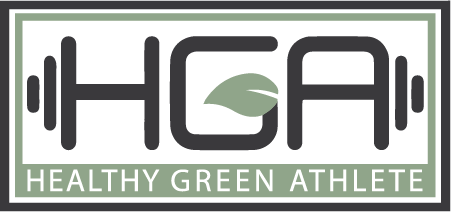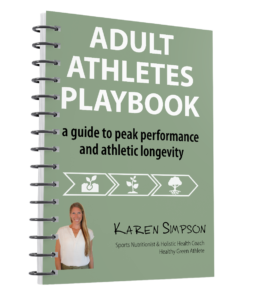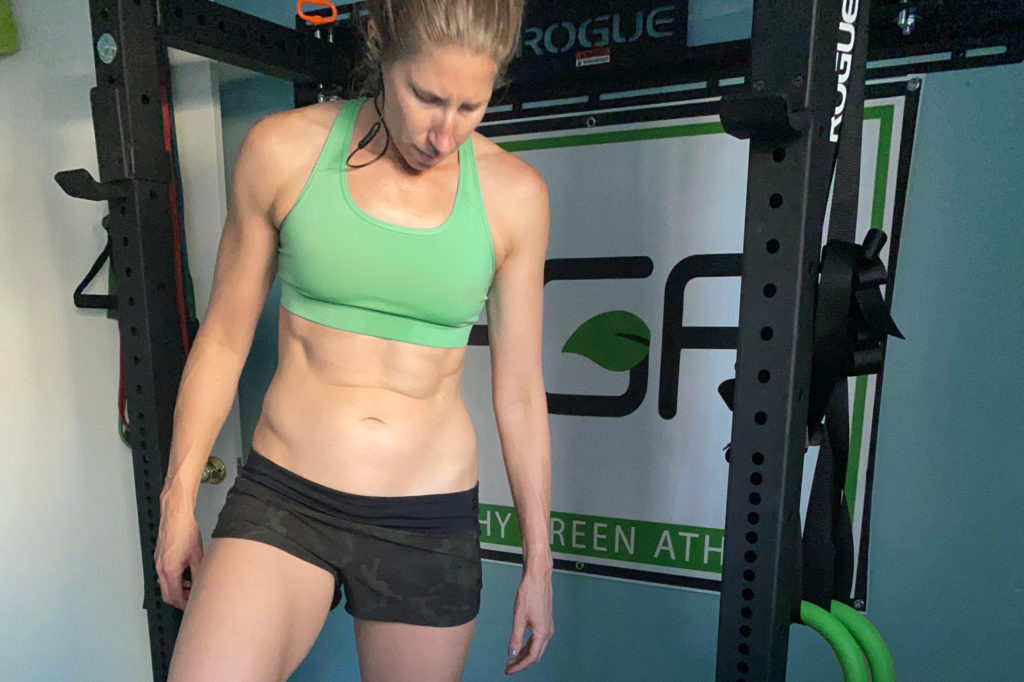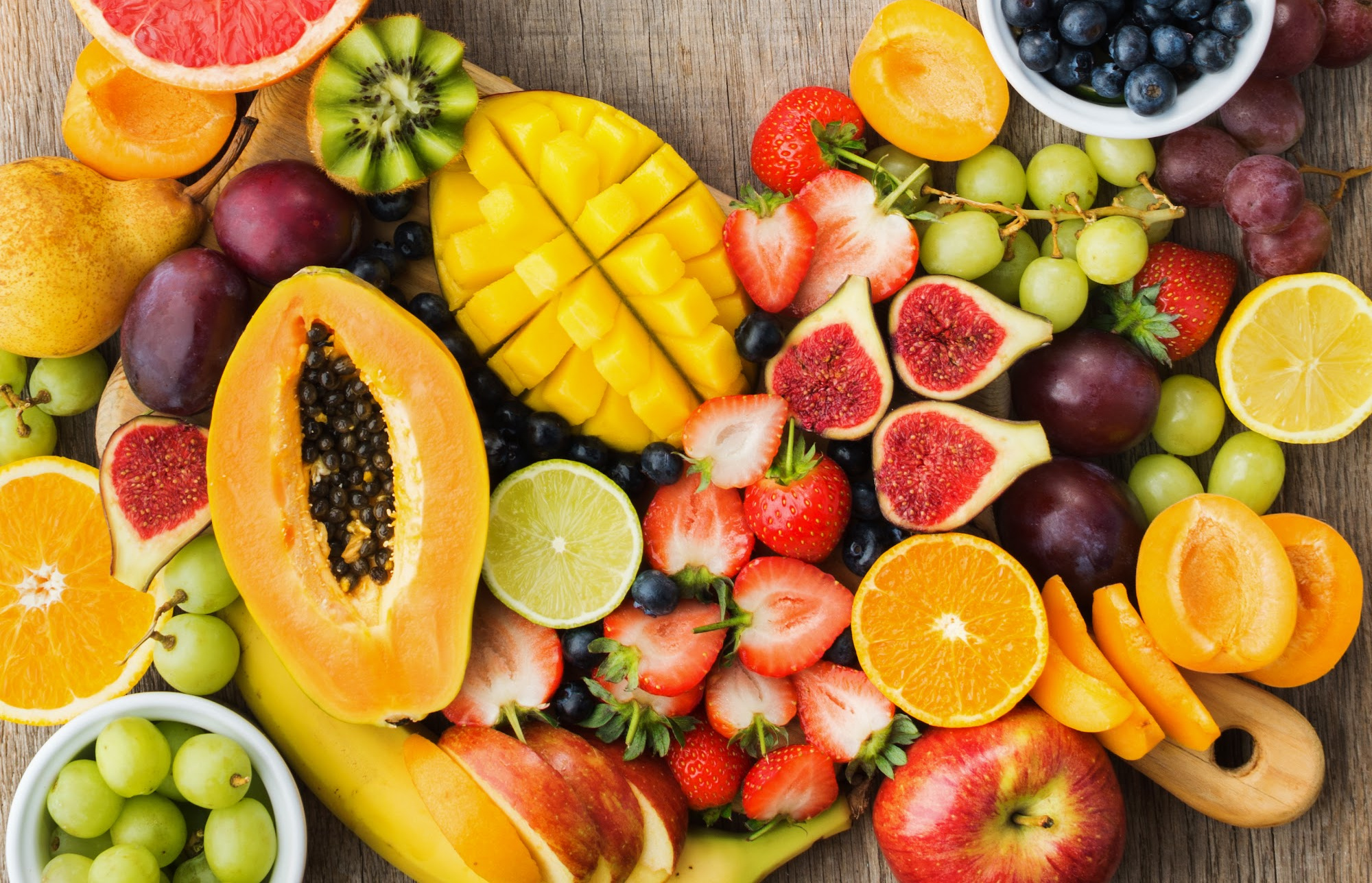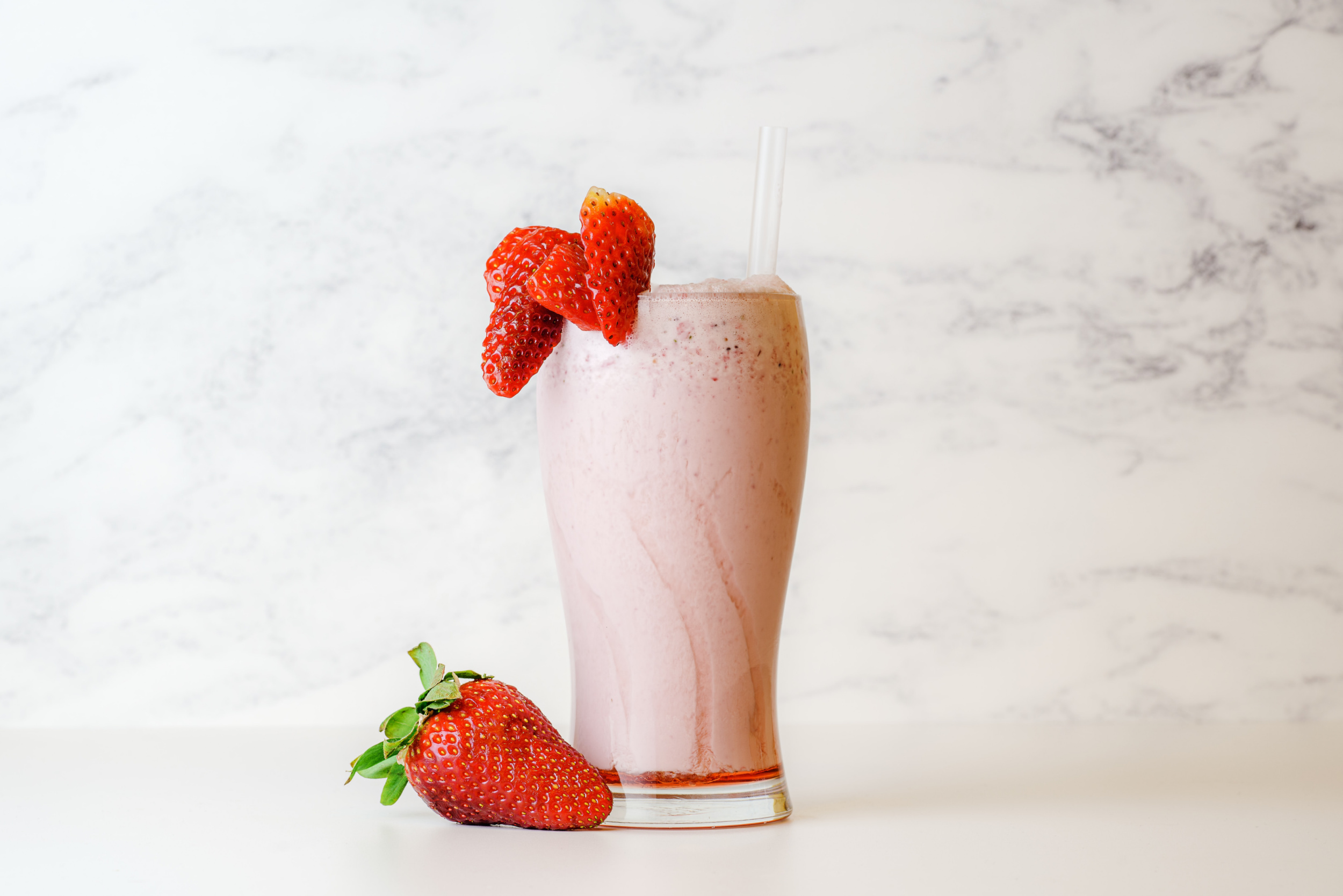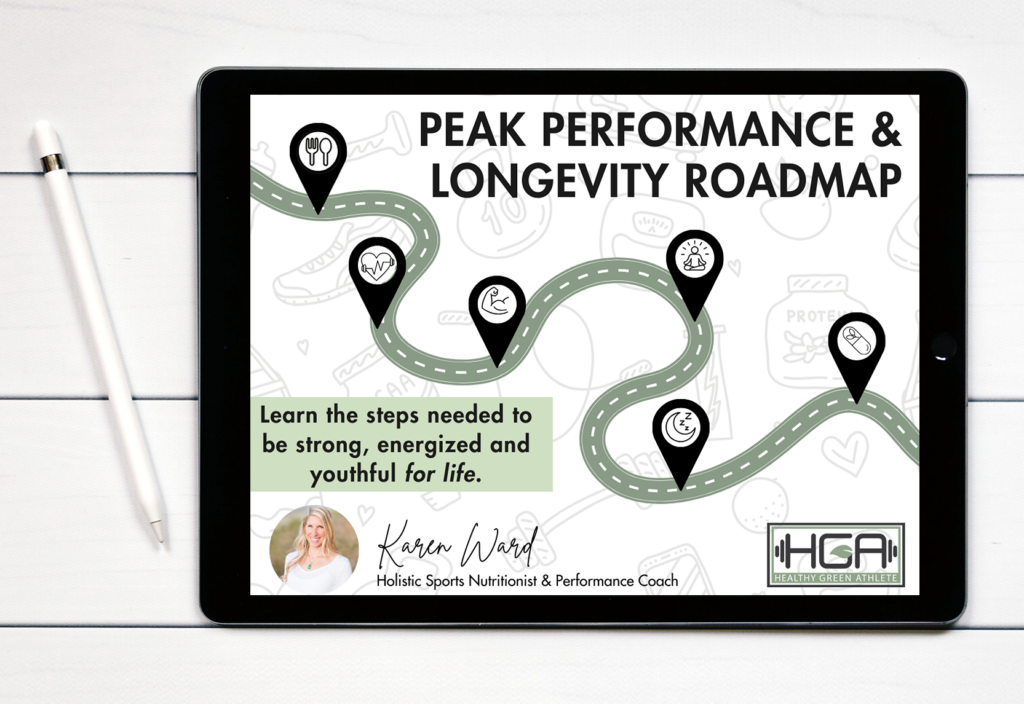We’ve all been there. One minute you’re powering through your day, and the next—boom. A craving hits out of nowhere. Maybe it’s salty chips, gooey chocolate, or something crunchy and sweet. When cravings hit, it can feel like your body is begging for something now—and willpower is nowhere to be found.
But what if cravings are actually messengers? Signals from your body trying to get your attention? As a holistic health coach and athlete over 40, I’ve seen firsthand how cravings can either sabotage your goals—or help you heal, depending on how you respond.
In this post, we’ll explore what causes cravings, what your body might be trying to tell you, and how to respond to cravings without guilt or restriction.
Whether you’re training hard, navigating hormonal changes, or just trying to stay consistent with healthy habits, understanding your cravings can be a game changer.
Why do cravings happen?
Cravings can be emotional, hormonal, nutritional—or a mix of all three. They’re not a sign of weakness. They’re a signal. Here are some of the most common reasons you might experience cravings:
1. Blood sugar swings
When your blood sugar drops too low, your body sends out a strong “feed me” message. Usually, it’s for something fast—like sugar or simple carbs. This is why skipping meals or eating lots of refined carbs can lead to a craving spiral later. Studies show that consuming protein- and fiber-rich meals can reduce hunger and cravings by improving blood sugar regulation (Leidy et al., 2015; Rebello et al., 2016).
The fix: Balance each meal with a healthy dose of protein, good nature-based fats, and fiber to avoid those sharp spikes and crashes.
2. Hormonal Shifts
Hormones can wreak havoc on hunger cues, especially for women. As estrogen and progesterone fluctuate, it can lead to cravings—often for sweets, carbs, or comfort foods. This is especially true in the luteal phase of the menstrual cycle or during menopause.
Estrogen affects serotonin levels, which influence mood and appetite. Lower serotonin = stronger cravings.
Progesterone, on the other hand, can increase appetite and slow digestion, making you feel hungrier.
The fix: Get your hormones checked by your doctor to make sure everything is balanced.
3. Nutrient Deficiencies
Sometimes, cravings are your body’s way of asking for more nutrients. For example:
- Chocolate cravings? You might need more magnesium.
- Red meat cravings? You might need more iron.
- Salt cravings? You might need more electrolytes, especially after intense activity and sweating.
While this isn’t always the case, it’s worth taking a closer look at your diet – especially if it’s the same cravings that keeps showing up.
4. Lack of sleep or too much stress
A tired or stressed brain is more likely to crave sugar and carbs. Why? Because those foods give a temporary boost of dopamine and serotonin—your feel-good brain chemicals. But the effects don’t last.
Studies show that just one night of poor sleep increases ghrelin (your hunger hormone) and reduces leptin (your fullness hormone), leading to stronger cravings the next day (Spiegel et al., 2004). In other words, if you’re feeling exhausted, you’re not weak—you’re hormonally primed to reach for a cookie.
The fix: Start tracking your sleep and monitoring your stress, and compare those results to your cravings.
What to do when cravings hit
1. Pause and get curious.
Instead of judging the craving, pause and ask:
- Am i I actually hungry?
- Did I eat enough today?
- Did I sleep well last night?
- Am I stressed, bored or overwhelmed?
2. Hydrate first.
Mild dehydration often feels like hunger or sugar cravings. Try drinking a glass of water with electrolytes and waiting 10 minutes. (I love this electrolyte powder because its naturally sweetened, high-quality and supports adrenal health. Plus it’s only around $0.45 per serving which is significantly cheaper than most other high-quality ones.)
3. Eat a balanced snack.
If you are hungry, eat. Just don’t give in to the craving with an empty calorie fix.
Try one of these high-protein, blood-sugar-stabilizing options:
- A small smoothie with collagen, fruit, and almond butter
- Greek yogurt with berries and chia seeds
- Hard-boiled eggs with a few whole-grain crackers
- Turkey roll-ups with avocado
These kinds of snacks actually reduce cravings—rather than fuel more of them.
4. Move your body.
A 10-minute walk can reduce cravings by improving insulin sensitivity and boosting feel-good endorphins. It also shifts your focus—mentally and physically.
Even something as simple as walking your dog or stretching on the floor counts. Think of these as movement snacks. 🙂
5. Upgrade the craving.
If you’re still craving something sweet or salty, ask yourself: Can I make a better version?
- Craving ice cream? Try frozen bananas blended with almond butter and protein powder.
- Need a crunch fix? Make popcorn with coconut oil and sea salt.
- Want chocolate? Have a square of dark chocolate (70%+ cacao) and pair it with nuts for fat and protein.
Satisfying your craving with something smarter is not a failure. It’s a strategy.
When cravings become a pattern
If you’re constantly having cravings—especially at the same time every day—it could be an important data point to consider.
Afternoon sugar cravings often mean you need a better lunch with more protein and fiber.
Night time snack attacks may mean that you didn’t eat enough during the day.
Carb cravings during your cycle are normal, but can be minimized by stabilizing your blood sugar. Acupuncture can also help reduce cravings around the times of the month that you normally get them.
Try tracking your food, energy, and mood for a few days. You might spot a pattern. Want help with this? This is something that I help my clients with through my coaching app. I help clients track their habits and recognize trends over time. If interested in learning about how I can help minimize your cravings, schedule a free discovery session.
Supplements that can help with cravings
While food is always the foundation, certain supplements can help reduce cravings by supporting brain chemistry, blood sugar, and hormone balance.
Some of my favorites include:
Sucrosomal Magnesium – Great for calming the nervous system and balancing hormones. This one is my favorite (use code HGA for 15% off).
L-glutamine – This may reduce sugar cravings by fueling cells in the brain and gut with an alternative fuel.
Chromium Picolinate – supports insulin sensitivity and may help reduce blood sugar spikes.
Desiccated Organ Meats (especially liver) – These are rich in B vitamins, iron, zinc, and other micronutrients that may reduce cravings caused by nutritional gaps. My favorite are these ones.
Always check with a provider before starting supplements—especially if you take medications.
Reframing cravings: They are not the enemy.
Cravings get a bad rap. But they’re not “bad.” They’re your body trying to communicate. The trick is learning how to listen—and how to respond in a way that still aligns with your goals.
When cravings hit, you don’t need to rely on willpower alone. You need nourishment, rhythm, and sometimes a little grace.
If you take one thing away from this post, let it be this:
When cravings hit, it’s not a sign of failure—it’s a signal that something needs attention.
Maybe your blood sugar is off. Maybe you need rest. Maybe you need a real meal. Or maybe you’re just human, and your body is doing its best with the inputs it’s been given.
Start with curiosity. Add in protein, healthy fats, fiber, movement, sleep, and breath. And give yourself permission to upgrade—not ignore—your cravings.
Because when you fuel your body well, it starts craving what actually makes you feel good.
Want to be more consistent with habits that support peak peformance & LONGEVITY?

